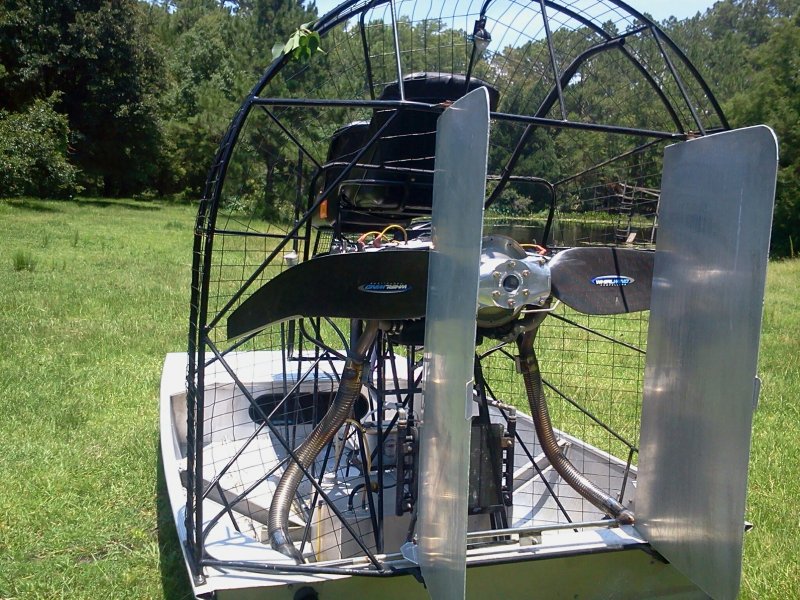boat rudder design
The discussed design choices are rudder working conditions (reynolds numbers and angles of attack), profiles (sectional shapes), properties (area, thickness, span, chord, and rudder aspect ratios), types (the position of the stock and the structural rudder–hull connection), and interactions (among the hull, the propeller, and the rudder).. You may find that a rudder that is large enough to work at low boat speeds is too large at high boat speeds, thus creating excess drag. you may find that the "perfect" rudder area for 20 knots wind and 8 knots boat speed is too small to work well at 6 knots wind and 2 knots boat speed.. While rudder blades do occasionally fail most of the load is taken by the pivot points. on the majority of transom hung rudders are attached to the hull by gudgeons and pintles it is usually the bottom ones which take the most load and fail first. spade rudders which have no protection from a skeg or deadwood are particularly vulnerable to damage.. 

boat rudder design On a sailboat, as the rudder is moved to one side by means of the tiller or steering wheel, the force of the water striking one edge of the rudder turns the stern in the other direction to turn the boat.different types of rudders have different advantages and disadvantages. the type of rudder is often related to the boat’s type of keel.. Rudder design. discussion in 'boat design' started by norman brown, jul 11, 2009. page 1 of 2 1 2 next > joined: jan 2009 posts: 26 likes: 0, points: 0, legacy rep: 10 location: hartlepool, england norman brown junior member. whilst looking at rudders for a new yacht i thought how poor the idea of bending the rudder at one point is !.